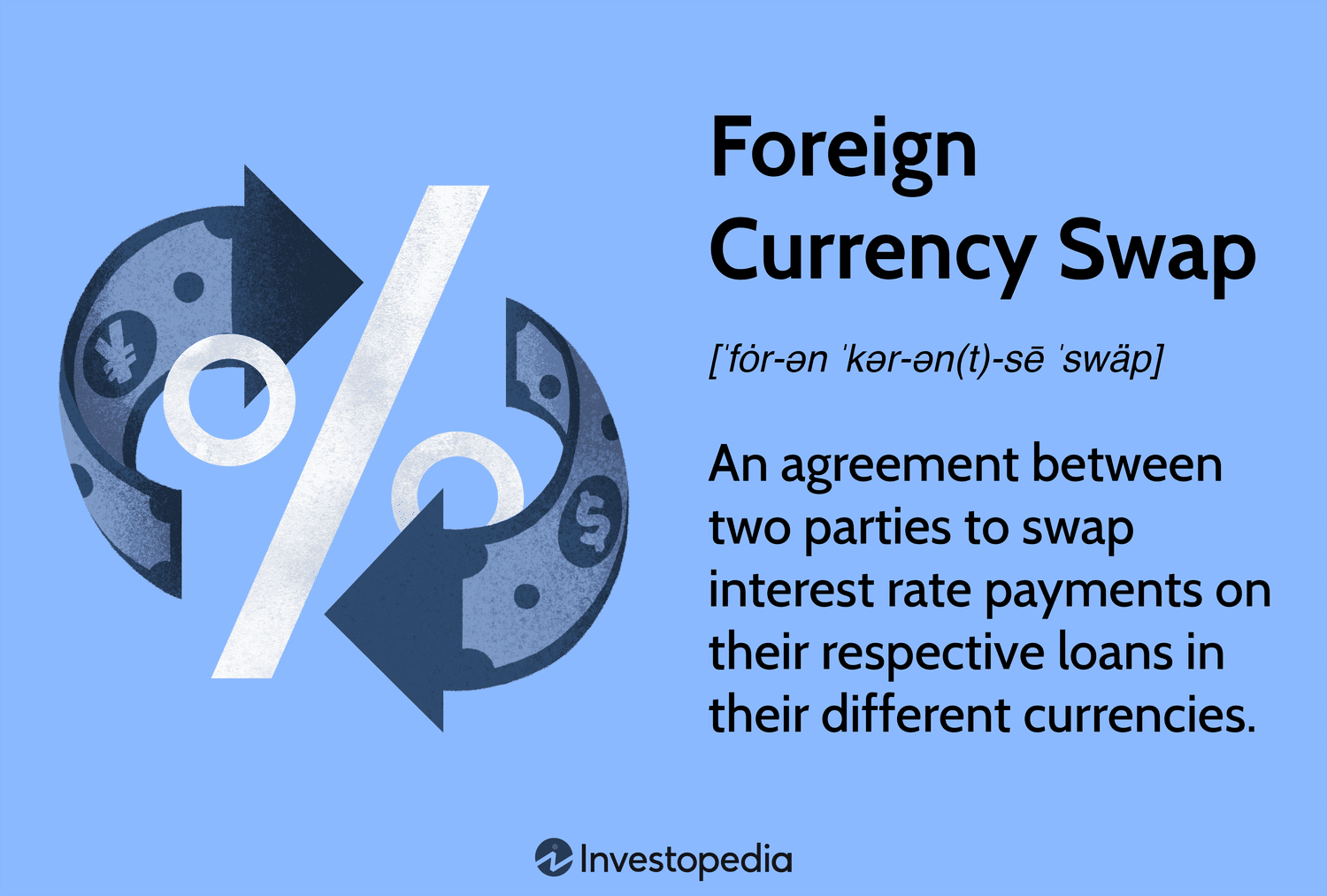The Types of Foreign Currency Swaps With Examples
Beyond the basic structure, foreign currency swaps come in various flavors depending on the interest rate arrangements. Let’s explore the different types of foreign currency swaps and see how they work in practice.
1. Fixed-for-Fixed Currency Swaps
2.
In a fixed-for-fixed currency swap, both parties agree to exchange fixed interest rates in different currencies. This type of swap is particularly useful for companies that need predictable cash flows and are looking to hedge against fluctuating interest rates in different currency zones. For example, a U.S. company with earnings in Euros may enter a fixed-for-fixed swap to secure stable Euro interest payments, while paying fixed USD rates.
Example: A U.S. corporation, ABC Corp, has issued bonds in the European market to take advantage of lower interest rates, paying fixed interest in Euros. However, their revenue is primarily in U.S. dollars. To mitigate the risk of fluctuating exchange rates and interest payments, ABC Corp enters into a fixed-for-fixed currency swap with a European company that has revenues in Euros but needs to make interest payments in USD.
ABC Corp agrees to exchange its fixed Euro interest payments for fixed USD interest payments with the European company. This arrangement locks in the exchange rate for their obligations, providing stability in cash flows and hedging against currency risk.
2. Fixed-for-Floating Currency Swaps
This type of swap involves one party paying a fixed interest rate and receiving a floating interest rate, while the other party does the opposite. The fixed-for-floating swap is advantageous for companies expecting changes in interest rates that could affect their operations differently in various currencies.
It allows each party to capitalize on their expectations of future interest rate movements—securing a fixed cost where stability is needed, and benefiting from potentially lower floating rates elsewhere.








